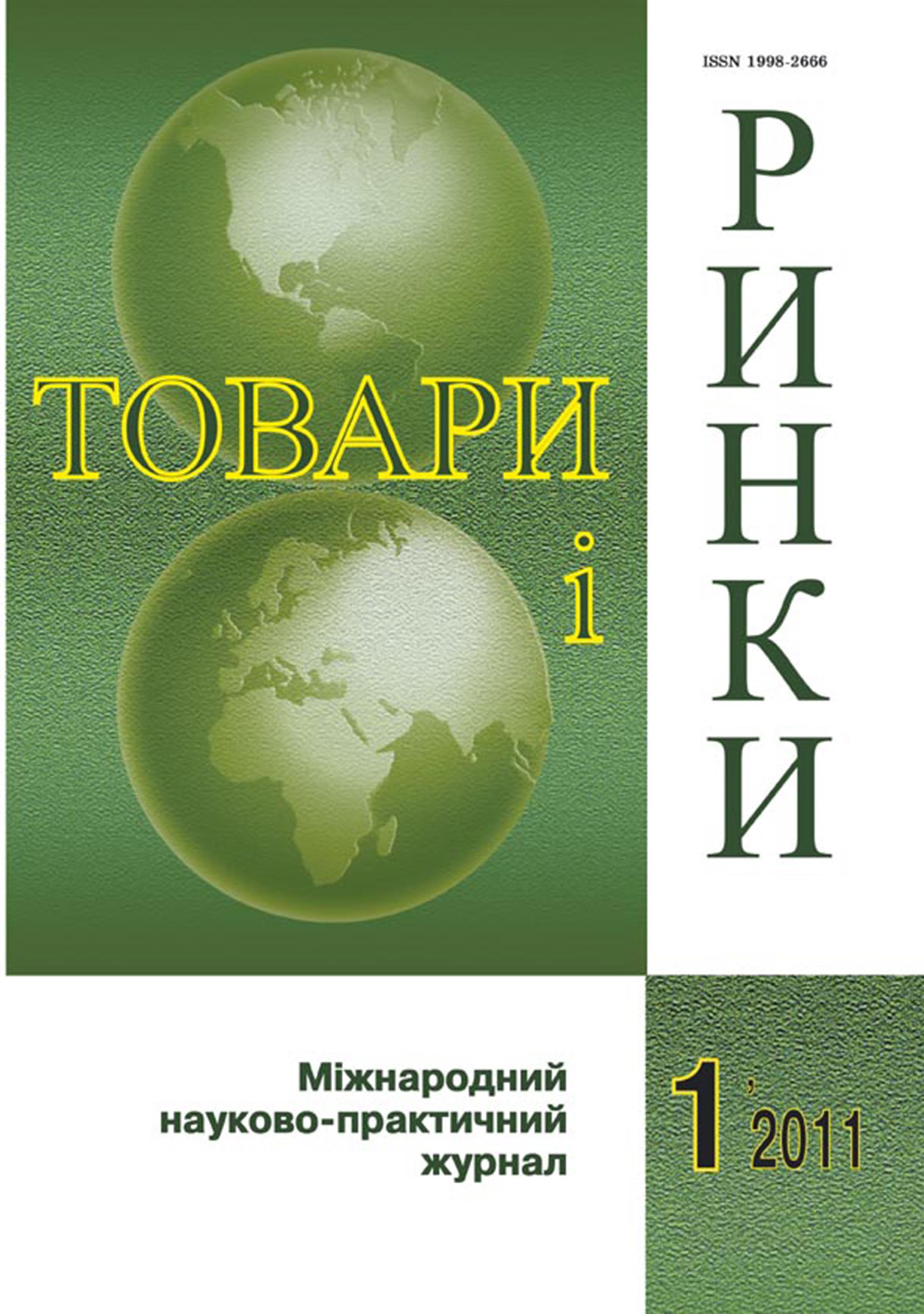Control of remaining hormone drugs in food products
Abstract
The article considers the problems of possible contamination of animal products, in particular meat, with hormone drugs. The modern methods which are offered to determine their remaining quality, in particular the method of immuno-fermented analysis, are analyzed.
References
Мельничук С. Безпечні продукти – умова СОТ / С. Мельничук, Р. Гончар // Агросектор. — 2007. — No 9. — С. 1—5.
Wang S. Analytical methods for the determination of zeranol residues in animal products : a review / S. Wang , X. H. Wang // Food Addit Contam. — 2007. — Jun; 24 (6). — P. 573—582.
Galbraith H. Hormones in international meat production: biological, sociological and consumer issues / H. Galbraith // Nutr. Res. Rev. — 2002. — Dec; 15 (2). — P. 293—314.
Residues from veterinary medicinal products, growth promoters and performance enhancers in food-producing animals: a European Union perspective / [J. Serratosa, А. Blass, В. Rigau at al.] // Rev. Sci. Tech. — 2006. — Aug; 25 (2). — P. 637—653.
Stephany R. W. Hormones in meat: different approaches in the EU and in the USA / R. W. Stephany // APMIS Suppl. — 2001. — Vol. 103. — P. 357—363; discussion Р. 363—364.
Stephany R. W. Hormonal growth promoting agents in food producing animals / R. W. Stephany // Handb Exp Pharmacol. — 2010. — Vol. 195. — P. 355—367.
Nepusz T. Network analytical tool for monitoring global food safety highlights China / Т. Nepusz, А. Petróczi, D. P. Naughton // PLoS One. — 2009. — Aug. 18; No 4 (8). — P. 6680.
Safety and nutritional assessment of GM plants and derived food and feed: the role of animal feeding trials / [G. Alink, S. Barlow, А. Cockburn at al.] // Food Chem Toxicol. — 2008. — Mar; 46 Suppl 1. — P. 2—70.
Andersson A. M. Exposure to exogenous estrogens in food: possible impact on human development and health / А. М. Andersson, N. E. Skakkebaek // Eur. J. Endocrinol. — 1999. — Jun; 140 (6). — P. 477—485.
Larrea F. Impact on human health of hormonal additives used in animal production / F. Larrea, М. Chirinos // Rev. Invest. Clin. — 2007. — May-Jun; 59 (3). — P. 206—211.
Brynes S. D. Demystifying 21 CFR Part 556-tolerances for residues of new animal drugs in food / S. D. Brynes // Regul. Toxicol. Pharmacol. — 2005. — Aug; 42 (3). — P. 324—327.
Van Egmond H. P. Regulations relating to mycotoxins in food: perspectives in a global and European context / H. P. van Egmond, R. C. Schothorst, М. А. Jonker // Anal Bioanal Chem. — 2007. — Sep; 389 (1). — P. 147—157.
Закон України No 1446-VI від 04.06.2009 "Про Загальнодержавну цільову економічну програму проведення моніторингу залишків ветеринарних препаратів та забруднюючих речовин у живих тваринах, продуктах тваринного походження і кормах, а також у харчових продуктах, підконтрольних ветеринарній службі, на 2010–2015 роки". — Режим доступу : http:// www. zakon.rada.gov.ua.
Самуилов В. Д. Иммуноферментный анализ / В. Д. Самуилов // Соросовский образовательный журнал. — 1999. — No 12. — С. 9—15.
Rapidscreen. — Way of access : http: // www.analytica.ru/product.php.



